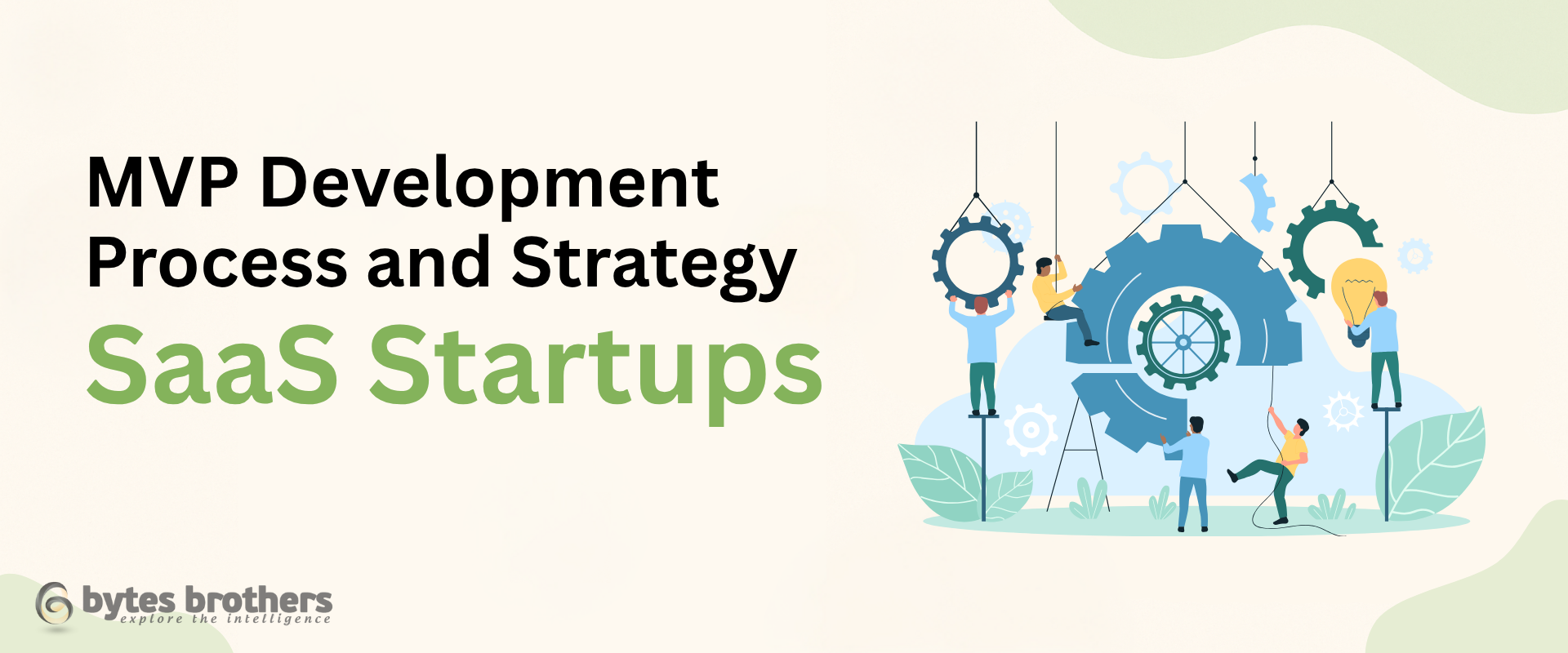MVP Development Process and Strategy for SaaS Startups (2025)

Speed is survival in SaaS. A streamlined MVP development process can validate your product idea, attract early adopters, and unlock investor confidence-all in months, not years. Here’s how to plan your MVP timeline, phase by phase.
Key Takeaways
- Understand each stage of the MVP development process
- Estimate accurate timelines for SaaS MVPs (from planning to launch)
- Learn what technologies accelerate development in 2025
- Avoid costly scope creep and tech debt
- Know when to pivot, iterate, or scale
What Is an MVP in SaaS?
An MVP (Minimum Viable Product) is the leanest version of your software that delivers core value to users while minimizing build time. In SaaS, that typically means a web-based product with authentication, one core workflow, and basic analytics.
Example: Dropbox’s original MVP was a demo video. Slack started as a basic internal chat tool. These MVPs solved one core need—well.
The MVP Development Timeline: Phase by Phase
Phase 1: Discovery and Validation (1–2 Weeks)
This is the foundation of your MVP development strategy. Before coding starts, clarity is key.
Deliverables:
- Problem validation through user interviews
- Competitor research and SWOT
- Feature prioritization using MoSCoW or Kano models
- Technical feasibility analysis
- Product roadmap
Tools to Use:
- Figma (wireframes)
- Trello or Notion (road mapping)
- Typeform or Google Forms (user research)
Phase 2: UX/UI Design (1–2 Weeks)
Great design is not about beauty—it’s about usability. This stage translates strategy into screens.
Key Activities:
- Wireframing user flows (onboarding, dashboard, settings)
- UI mockups with interactive prototypes
- Mobile-first design if targeting cross-platform
Tech stack: Figma, Adobe XD, Zeplin for developer handoff
Phase 3: Core Development (3–5 Weeks)
Now the build begins. The length of this phase depends on feature complexity and team size.
Must-Have Features in a SaaS MVP:
- User authentication
- Core value delivery feature (e.g., dashboard, data sync, task flow)
- Basic analytics and reporting
- Payment integration (Stripe, Paddle)
- Admin panel (optional but useful)
Recommended Tech Stack (2025):
- Frontend: React or Vue.js
- Backend: Node.js or Laravel
- Database: PostgreSQL or MongoDB
- Hosting: AWS, Vercel, or DigitalOcean
- Version Control & CI/CD: GitHub + GitHub Actions
Phase 4: Testing & QA (1–2 Weeks)
Testing isn’t just bug fixing. It’s your insurance against product failure.
Key Areas:
- Functional testing (unit + integration tests)
- UI testing (cross-browser + device)
- Performance testing under simulated traffic
- Security basics (input validation, password hashing, HTTPS)
Tools:
- Jest, Postman, BrowserStack, Cypress, SonarQube
Phase 5: Launch & Post-Launch Feedback (1–2 Weeks)
The goal is not perfection. It’s speed-to-feedback. Launch to a private beta or early user group, collect input, and refine.
Launch Essentials:
- Staging and production environments
- Mixpanel or PostHog for tracking
- Intercom or Crisp for in-app chat
- Clear onboarding + knowledge base
Sample Timeline: 8-Week MVP Roadmap
| Phase | Duration |
|---|---|
| Discovery + Planning | 1 week |
| UX/UI Design | 1–2 weeks |
| Development (Core Build) | 3–5 weeks |
| QA & Pre-Launch Testing | 1–2 weeks |
| Launch + Iteration | Ongoing |
Common Pitfalls in MVP Timelines
1. Scope Creep
Solution: Use strict feature prioritization frameworks. Your MVP is not your full product.
2. Tech Overkill
Solution: Choose tools that match team experience. Kubernetes is likely overkill for your MVP.
3. Incomplete Validation
Solution: Validate the problem, not the product, before writing code.
4. Skipping QA
Solution: Bugs erode trust fast. Even lean MVPs need QA time budgeted.
From MVP to Growth: What’s Next?
Post-launch, your priorities shift from “build fast” to “improve smart”. You’ll iterate based on usage data, user feedback, and emerging needs. This is where SaaS MVP development process evolves into long-term product development.
Next Steps:
- Build customer success flows
- Roll out new features
- Monitor performance and reliability
- Plan for scalability
Looking to take the next step? Learn more about our SaaS MVP Development Services built for fast-growing startups.
Ready to Launch Your SaaS MVP?
At Bytes Brothers, we specialize in helping startups validate, design, and build SaaS MVPs in as little as 8 weeks. Whether you’re seeking technical leadership, full-stack execution, or UX refinement, we’re ready to move fast—without cutting corners.
Book a Free MVP Consultation Today
–We’ll help you define your MVP scope, stack, and timeline—backed by real SaaS experience.